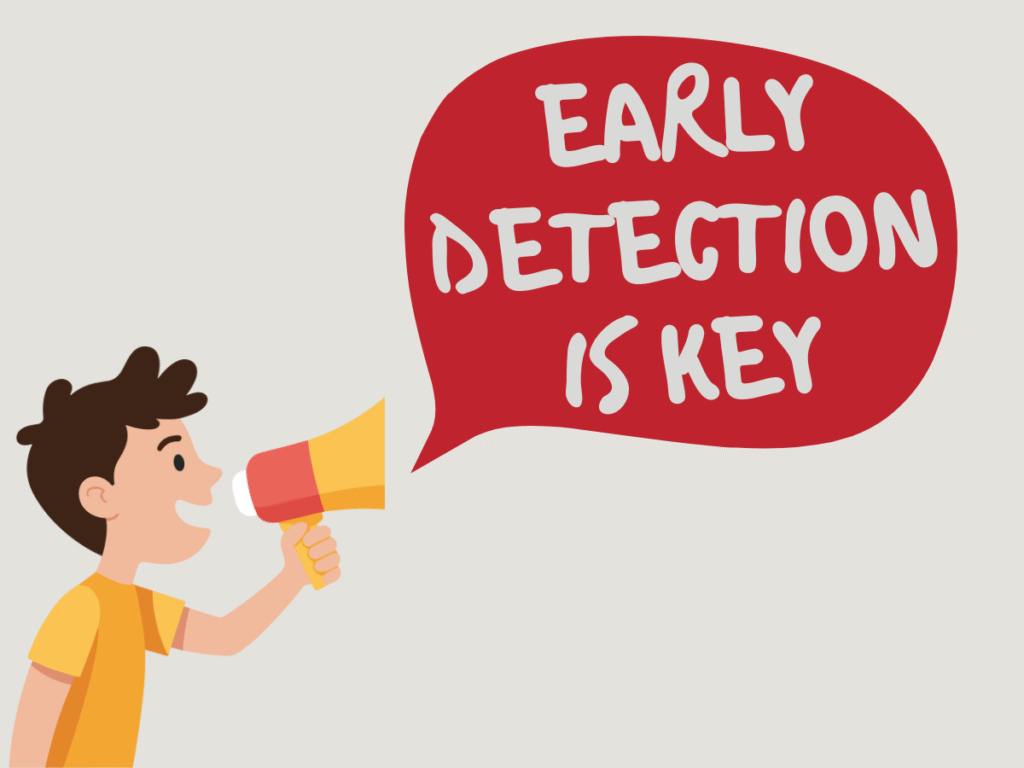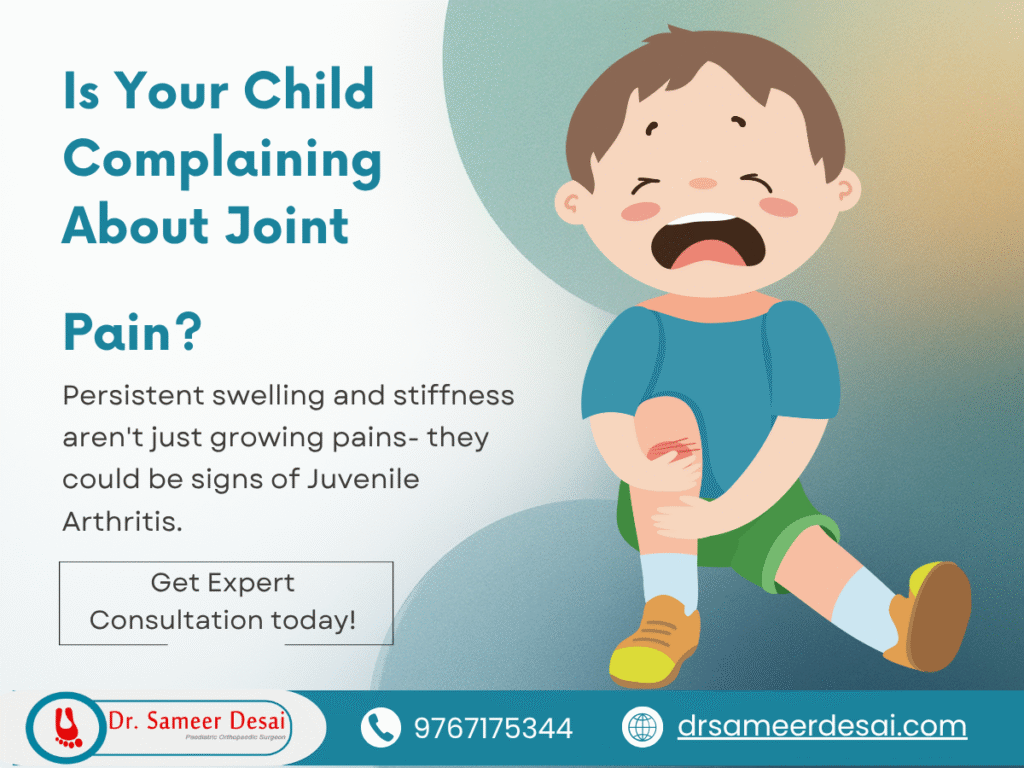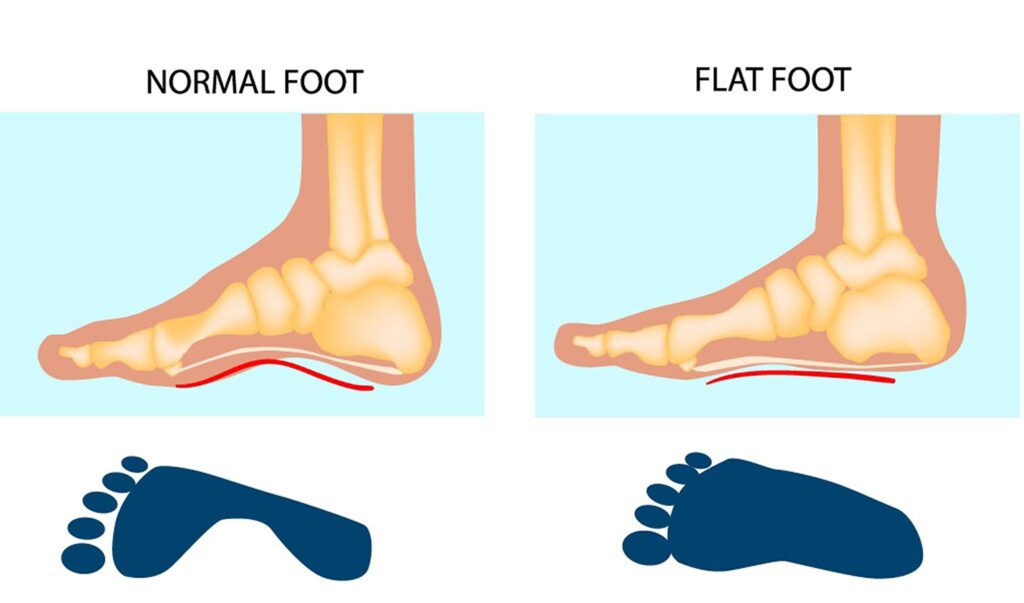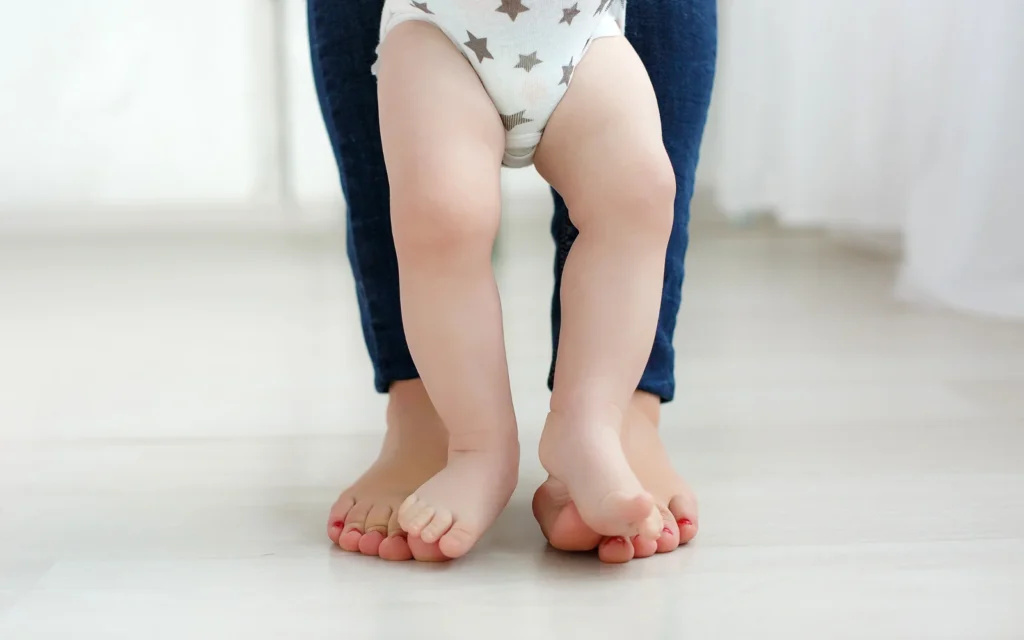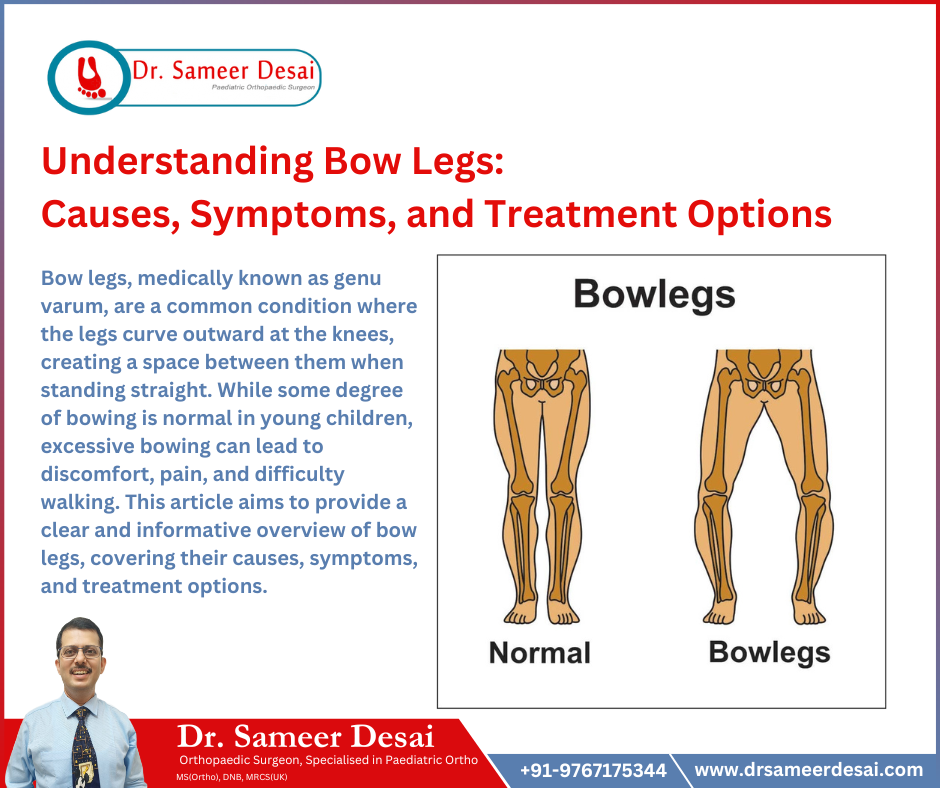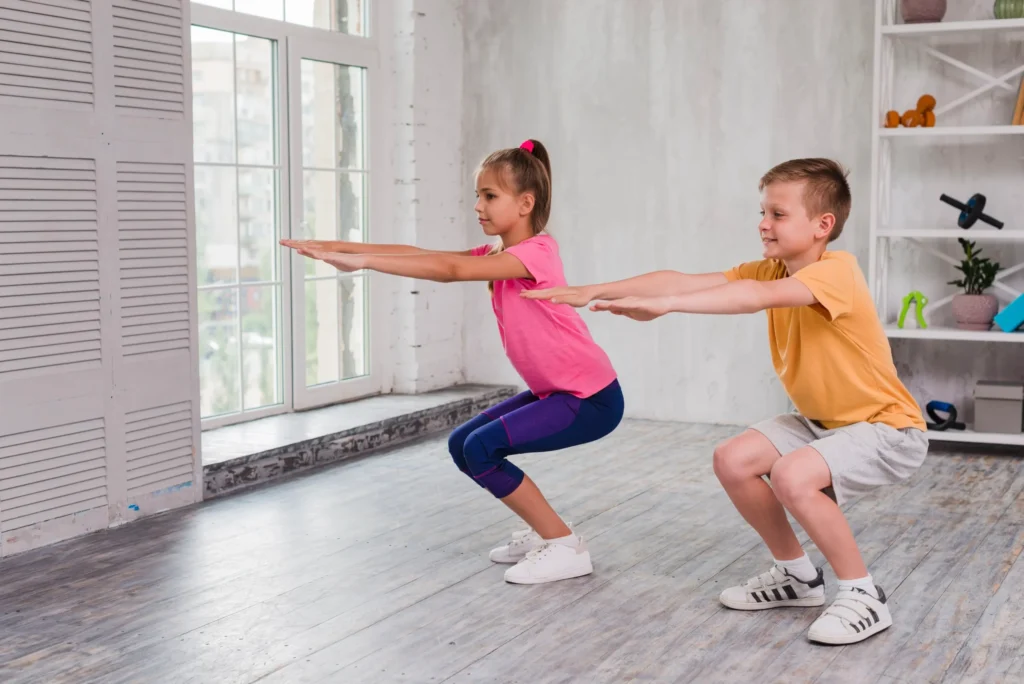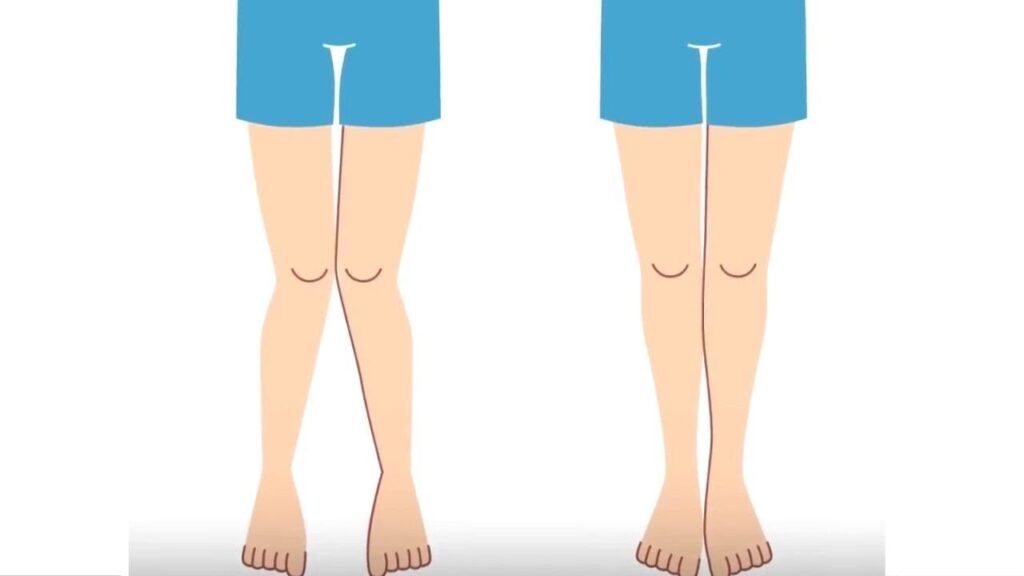Early Detection is Key: Ensuring Your Child’s Bone Health
Don’t wait for the pain to grow—early intervention today ensures a stronger, more active tomorrow for your child. As a parent, your child’s health and happiness are your top priorities. Watching them run, play, and grow is a joy, but it can be worrying when you notice something isn’t quite right with their movement or posture. Whether it’s a slight limp, a recurring ache, or a finger that seems “stuck,” early detection is the secret to successful recovery. At the clinic of Dr. Sameer Desai, we believe that every child deserves to move without limits. As a leading Pediatric orthopedic surgeon in Pune, Dr. Desai specializes in identifying and treating conditions before they become long-term challenges. Why “Early Detection” Matters Children’s bodies are constantly evolving. Their bones are softer and more flexible than adults’, which means orthopedic issues can progress quickly—but it also means they respond remarkably well to early treatment. By consulting a Child orthopedic surgeon in Pune at the first sign of trouble, you can often: Avoid the need for invasive surgeries. Correct growth patterns while the bones are still developing. Prevent chronic pain or mobility issues in adulthood. Common Conditions We Treat From sports injuries to congenital issues, Dr. Sameer Desai provides comprehensive care for a wide range of pediatric conditions, including: 1. Trigger Thumb in Children Is your child’s thumb clicking or staying bent? This might be “Trigger Thumb,” a condition where the thumb gets stuck in a flexed position. We provide specialized Trigger Thumb treatment in Pune, focusing on gentle therapies or minor procedures to restore full movement so your child can get back to their daily activities. 2. Walking Abnormalities If you notice your child walking on their toes, or if their feet turn inward (in-toeing) or outward, a quick evaluation can determine if treatment is necessary or if it’s a phase they will outgrow. 3. Growth Plate Injuries Because children are active, they are prone to fractures. Injuries involving the growth plate require the specialized eye of a Pediatric orthopedic surgeon in Pune to ensure the bone continues to grow correctly. The Dr. Sameer Desai Difference Choosing the right specialist is crucial. Dr. Sameer Desai combines years of surgical expertise with a compassionate, child-friendly approach. We understand that a visit to the doctor can be scary for a little one, so we ensure our clinic is a welcoming environment where both parents and children feel heard and cared for. Don’t Be Late—Consult the Expert Today If your child is experiencing any orthopedic issues or if you simply have concerns about their physical development, don’t wait. Early detection is the most powerful tool in pediatric medicine. Contact Dr. Sameer Desai – Pediatric Orthopedic Surgeon: Phone: 9767175344 Website: drsameerdesai.com Location: Pune
Early Detection is Key: Ensuring Your Child’s Bone Health Read More »

